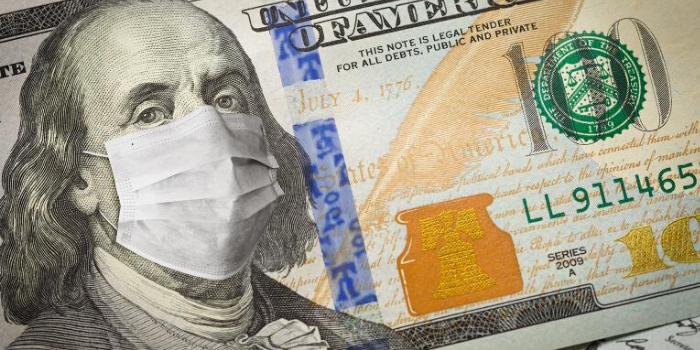
How the Economy Could React to COVID-19 Moving Forward - Expect The Unexpected
Starting as a small outbreak and growing into a global pandemic, COVID-19 has wreaked havoc on both the population’s health and the world’s economy. Terms that most of us had not heard of before a few weeks or months ago – like social distancing or self-isolating – are now commonplace. These practices have been relatively effective so far in managing the spread of the coronavirus and helping countries “flatten the curve”.
Unfortunately, these measures have a destructive secondary effect: the world’s economy has ground to a halt.
The economic impact of this virus has been felt around the world and nowhere is it reflected more than in the stock market. So far in 2020, the pandemic has caused wild swings and an overall downward trend in the markets. But what should we expect moving forward in 2020 as the virus continues? Here is a look at how the markets may react to COVID-19 moving forward.
How COVID-19 Will Progress
Experts predict that moving forward, there will be two waves of COVID-19. These predictions are based on the closest thing we have seen to this current pandemic, the 1918 Spanish Flu. A century ago, the flu regressed during the summer months to a point where it seemed like it was gone but came back in a big way the next winter.
This seems like the most likely course for the coronavirus as well. However, the second wave of infections can also mean a second round of lockdowns and social distancing. And if the current lockdown hasn’t done enough damage to the global economy, a second-round most likely will.
Factors That Can Lead to or Deepen the Recession
As the pandemic continues, many models are forecasting that the overall market downturn will continue until the end of the second quarter in June. At that point, there could be a nice rebound as the virus may appear to get somewhat under control and consumers start exercising some of the “pent up demand” that some are predicting.
Despite the positive turn in market sentiment, the fundamental reality still has to be reckoned with. Businesses that are already financially stretched may buckle under the weight of their debt. WIth profits low, those undergoing a cash squeeze may be forced to, once again, reduce their workforce. Despite the massive stimulus to relieve businesses, this pandemic will come to show (as it already has) the extent to which companies and consumers across the US are over-reliant on debt.
Another massive round of layoffs and furloughs will further stress an already stressed consumer base. We could begin seeing widespread loan defaults. Coupled with the second round of social distancing measures in the fall and winter, these conditions would ultimately prove destructive to the American economy as the country racks up more debt than in the previous financial crisis.
Consumers and companies are turning to the internet for goods and services during this time and more workers are working from home. If this becomes the new normal--transforming the workplace from a congregated environment to a more mobile and remote one--it can hurt the commercial real estate and transportation, basically, any of the related industries that depend on commuters or office workers to survive.
Even though the US economy will most likely recover better and faster than other economies around the globe, the markets, which nowadays rely heavily on companies from around the world may never fully recover. This may continue to hurt the supply chain but also international sales. A number of American companies, for example, get more than half of their sales from overseas and around two-thirds of their profits from international markets.
The Bottom Line
This is just one scenario, and while there are other, more optimistic scenarios, this one does seem more likely given the current climate. Whether or not it unfolds as we’ve described, COVID-19 will most likely affect the global economy in a negative way for at least the rest of 2020 and maybe beyond.
For investors, it’s time to start preparing an investment strategy that reflects these new realities.









